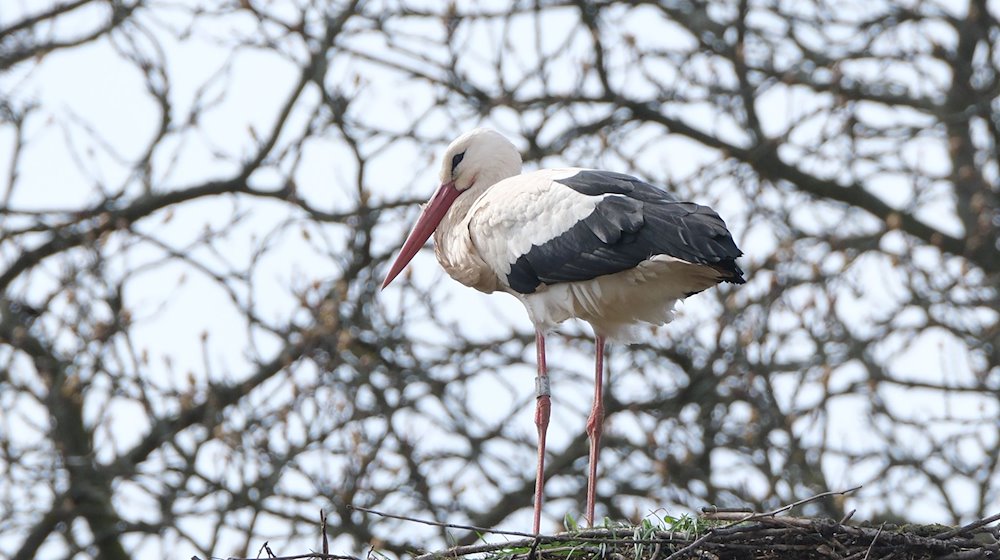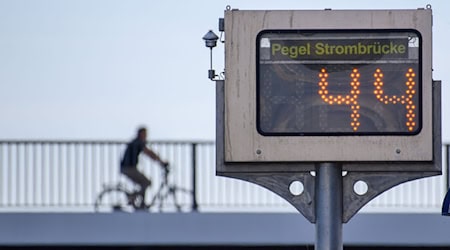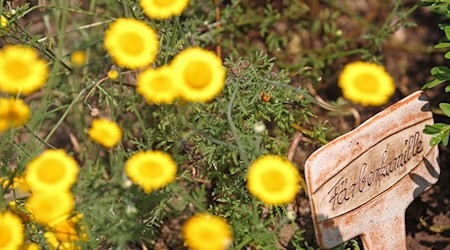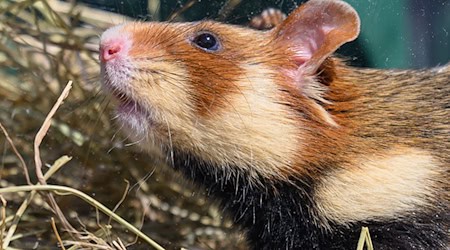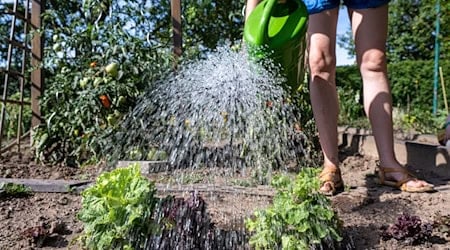The number of breeding white storks in Saxony rose to a record high last year, according to statistics. "In the previous year, 408 breeding pairs were registered. This means that the 400 mark was broken for the first time in 20 years," said Sylvia Siebert, stork expert at the Dresden Nature Conservation Institute, on request. The figure is likely to be even higher because data from two districts is still missing. In 2022, 382 breeding pairs were counted.
The number of young per breeding pair is worrying. "This is currently 1.7 and is unusually low. However, the rate should actually be 2 for the population to be self-sustaining," explained the expert. The reason for this last year was drought and a lack of food. The breeding season in Saxony begins around mid-April and lasts around 30 days. The first chicks can therefore be expected in mid-May.
This year, the first storks have already returned to Saxony from their wintering grounds and occupied their nests. The arrival between the end of January and mid-February is now normal and is in line with the trend, said Siebert.
Up to now, almost exclusively so-called western migrants have arrived. This is the name given to storks that fly south-west to spend the winter in France, Spain or on the west coast of Africa. "The animals find enough food on the landfills in Spain, most of which are still uncovered. Unfortunately, this is extremely unhealthy," said Siebert.
In addition to the western migrants, there are also the eastern migrants, which spend the winter in areas in the south-east. These storks are not expected to arrive in Saxony until the end of April this year. They are returning from areas such as the Middle East, Tanzania and Kenya.
Only a few storks spend the entire winter in Saxony. According to Siebert, the last wintering population was three.
Copyright 2024, dpa (www.dpa.de). All rights reserved

